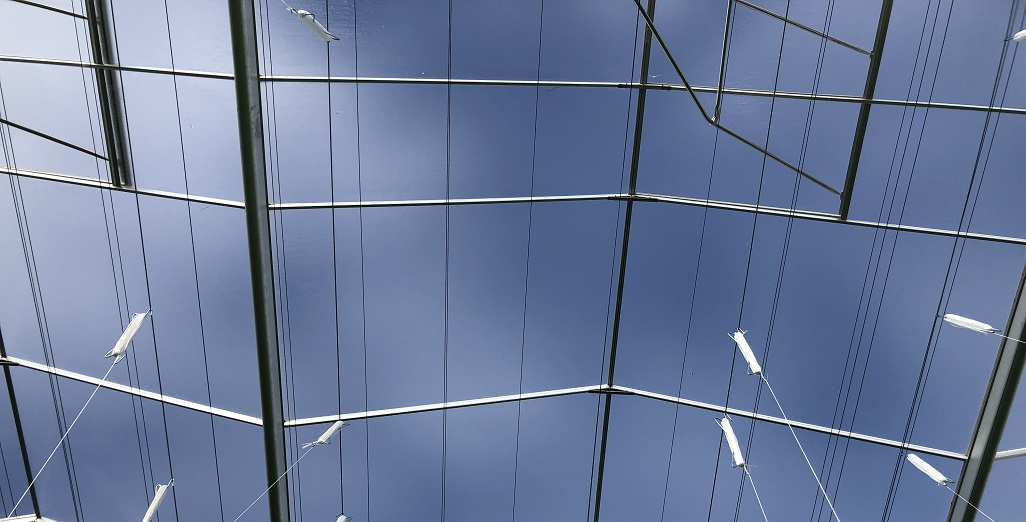Sign up here to subscribe to the Grower2grower Ezine. Every two weeks you will receive new articles, specific to the protected cropping industry, informing you of industry news and events straight to your inbox.
Jul 2021
Kiwifruit and protected cropping structures

How many orchards are now growing with tunnel houses in NZ?
The Kiwifruit industry is growing at an extraordinary pace, for example new gold licenses are at a premium and from my understanding being snapped up fast. There are very good returns to be made growing kiwifruit and the amount of export revenue provides to NZ is to be celebrated. There is a broad cross section of export markets which again is very good and gives certainty moving forward and provides confidence that not all the eggs are in one basket. Here was a site I visited to gain some indicative export numbers: http://www.hea.co.nz/2012-05-11-03-05-28/kiwifruit-trade
When driving past kiwifruit orchards, I always find it very interesting when I see properties that use extremely large fixed canopies for wind breaks or large overhead canopies for bird netting/protection. The capital costs must be horrendously high and I always find myself thinking why have these guys not thought about tunnel houses or have they? Is it because of the flowering and setting issues possibly caused by plastic greenhouse roofs? Is it the land orientation/suitability?
If rolling or sloping land is planted with kiwifruit then owners may be less likely to consider a tunnel house structure or a retractable roof. For growers on flat land or land it could be a different story. A few years ago, during a dry year, I heard an interview from industry that said the average size of kiwifruit was down but the brix level higher. All I could think of was that in every other year we have to much water and this reduces the brix levels. So, what do I mean – if you have no control over mother nature you have less controls over your final product? A tunnel house with gutters can collect rain water and give you the opportunity to store the water. You can then use irrigation systems to apply measured and more precise water and nutritional requirements. Now I do not expect every grower to go and put a greenhouse over kiwifruit crops but for different geographical areas or for certain varieties I see merit in considering growing under cover.
For the new Red Kiwifruit, I have been told the fruit is easily marked by adverse conditions. This could be caused by high winds or rain etc. If this is correct then protecting your crop from the elements is certainly worth investigating and it would not surprise me if it is already occurring.
There are some other huge advantages to having a structure that protects you from the elements and that is it will have a lot less impact on the physical tasks being disrupted. Spray drift will also be mitigated and less sprays should be required due to having an assurance the products are landing on the target. There would be a need to figure out the negatives for example if this could cause more fungal pressure, the gaps required for air flow to prevent temperatures from being too excessive etc.
Approximately 80 % of Kiwifruit production comes from the mighty Bay of Plenty, this is great but also with a huge concentration of production in one area there is a small chance a severe localised weather event could have a serious production impact in the future. Could tunnel houses offer the opportunity to grow kiwifruit in other parts of the country? It is too cold in some places to grow traditionally but would a tunnel house open up this opportunity for other areas to grow kiwifruit successfully? Has there been any studies under taken?
Some or many growers may not need or want the hassle to even consider the option a tunnel house offers or they may just not like the look a plastic house will have on their environment. I am sure I could come up with an entire list of why you would not consider covering kiwifruit but I want to look create some debate for why you may consider growing under a tunnel house and the advantages, if any. I think it is worth considering.
This picture is what sparked my interest to write this article with more questions than answers.
Article written and compiled by Stefan Vogrincic
All Article’s checked and edited by Marie Vogrincic
I appreciate your comments. Please feel free to comment on the grower2grower Facebook page:
https://www.facebook.com/StefanGrower2grower/
CLASSIFIED
Subscribe to our E-Zine
More
From This Category

Tomato grower applies Tobre after contamination

KWS inaugurates new R&D facility in Uberlândia, Brazil

John van Santen joins the management of Metazet

Workshop for Auckland’s Korean tomato growers held last week

Could the Global Boom in Greenhouses Help Cool the Planet?

























